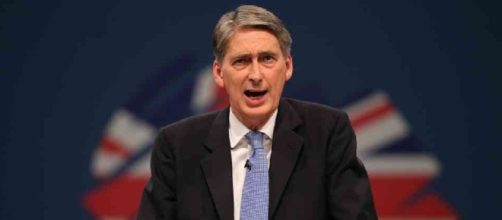Philip Hammond, the Chancellor of the Exchequer, has revealed his budget for this year, and while it does feature some strong strategic decisions, it has left a lot of people unhappy. This is a list of the most important points in the budget, analyses and explained.
2% growth
Hammond has set a forecast for 2% growth by 2021. For 2017, the prediction is also 2%, where it was previously 1.4%. 2018 is forecasted to have 1.6% growth, 1.7% in 2019, 1.9% in 2020, and finally, another 2% in 2021. The Chancellor seemed very chuffed as he announced that this year there would be a larger growth than was previously predicted.
Chancellors have recently struggled with forecasts, and the growth they’ve announced has typically been lower than the original forecast. Hammond took great pleasure in boasting his new forecast to the pro-remain referendum voters who were worried about economic growth after the leave result came in, as thankfully, nothing too big seems to have happened yet as a result of Brexit.
Borrowing
In 2016-17, we borrowed £51.7 billion, and now, in 2017-18, that’s gone up to £58.3 billion, but Hammond made sure to make it clear that this is just a temporary hiccup as by 2018-19, we’ll only be borrowing £40.8 billion, and it’ll only continue to go down: £21.4 billion in 2019-20, £20.6 billion in 2020-21, and £16.8 billion in 2021-22.
These are very close to November’s forecasts. Hammond seemed very smug as he delivered the news of improving on the forecast, but it’s not all great, since there’s still no chance of a surplus by the end of the 2010s.
Small business tax
Small business owners are dubious about Hammond’s vow to keep his ear to their plight. He cracked a joke about Tony Blair and Gordon Brown’s government being “the last Labour government.” At a cost of £280 million to the budget, Hammond is delaying small businesses (below the VAT registration threshold) being introduced to quarterly reporting by a year.
Hammond has also given a helping hand in the area of business rates. He’s made £50 per month the maximum amount that small businesses can lose their relief from business rates, and he’s giving pubs a £1,000 discount on discount of business rates with less than £100,000 rateable value (which applies to 9 out of every 10 pubs in the country.
He has also set up £300 million funding to give discretionary relief to local authorities, which creates a cut of £435 million. The Tories cheered Hammond on as he made this announcement.
Tax avoidance
Hammond is tackling tax avoidance in his budget, investing £820 million towards preventing tax avoidance and charging VAT on roaming telecoms outside the EU. There is going to be a new fine enforced on businesses caught up in fraudulent activities by HMRC.
National living wage
The national living wage is being increased to £7.50 an hour, starting in April. Hammond vowed to do this last November, so now he’s just following up on it. The target is to raise it to £9 an hour by 2020, but reaching that target isn’t possible at the current trajectory.
Training
Hammond is providing funding for training of 1,000 PhD students of £300 million. £270 million is being invested in “the industrial strategy challenge fund,” which funds robotics and driverless vehicles to take jobs away from humans.
Scotland, Wales, and Northern Ireland
In Hammond's new budget, the Scottish government get £350 million in funding, the Welsh government £200 million, and the Northern Ireland executive £120 million. Theresa May has expressed interest in keeping the United Kingdom united (since they’re all we’ve got now), so that’s why so much money is getting thrown their way. The massive amount for Scotland is also a thinly veiled bribe to prevent another independence referendum, which the SNP are gunning for.

